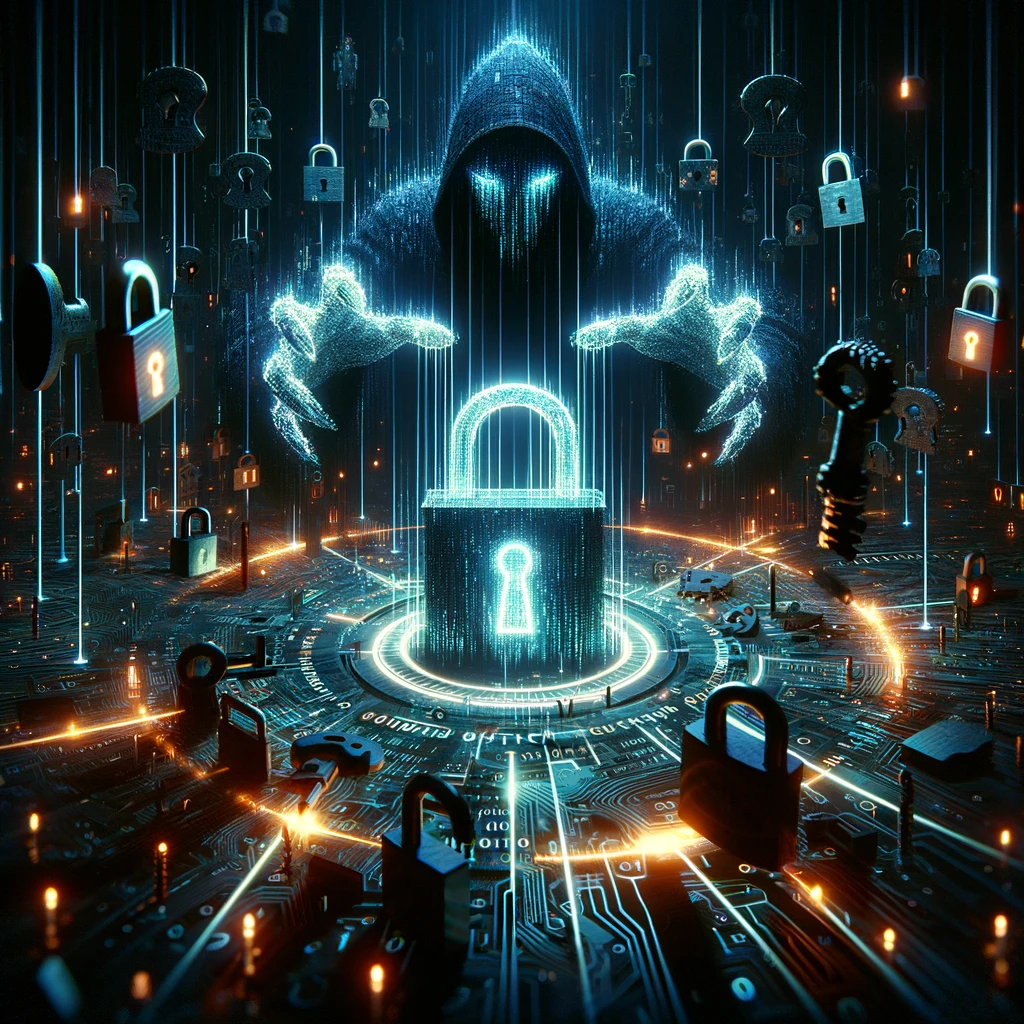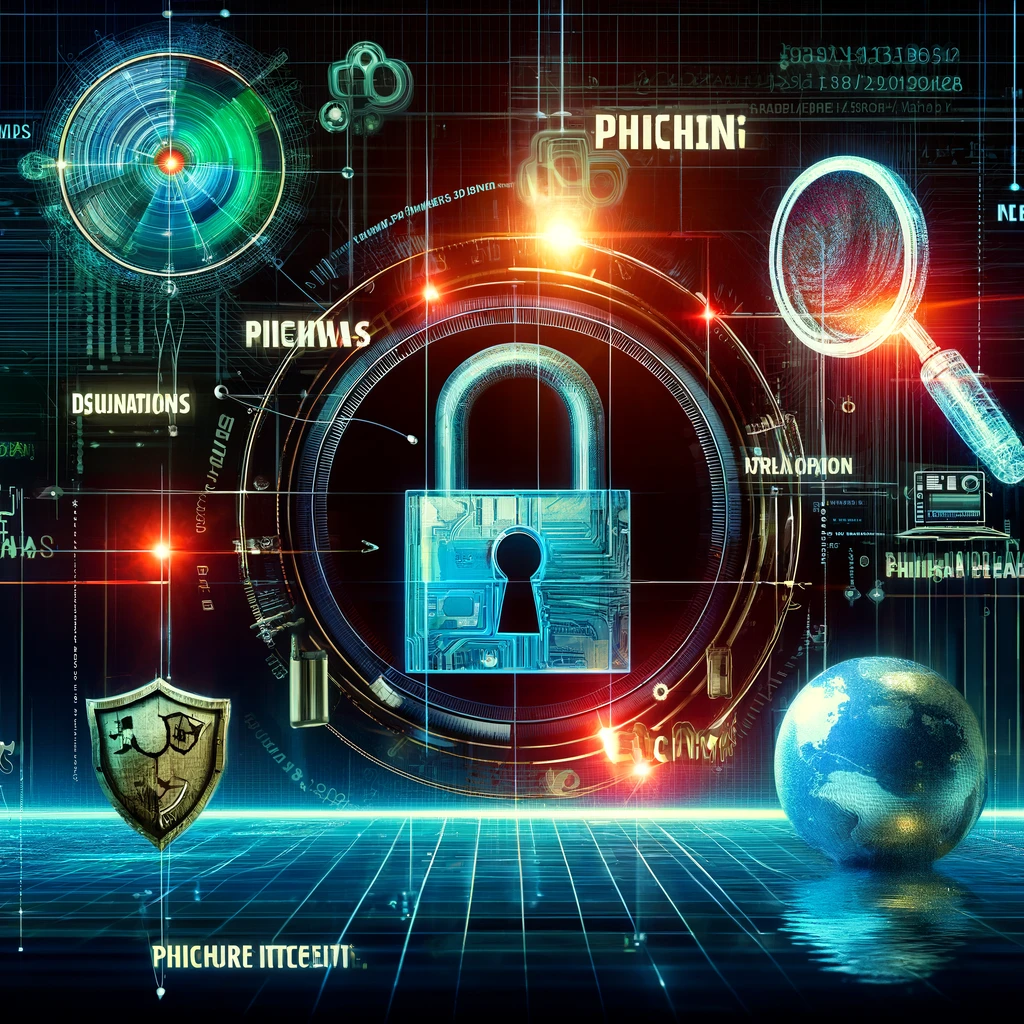
The internet is a vast and complex ecosystem comprised of various layers. As users navigate through cyberspace, they encounter terms like the clear web, deep web, and dark web. Understanding the distinctions between these layers is crucial for maintaining cybersecurity and making informed online decisions.
The Clear Web
The clear web, also known as the surface web, is the portion of the internet that is easily accessible and indexed by search engines like Google, Bing, and Yahoo. It consists of websites and web pages that are intended for public viewing and typically include familiar domains such as .com, .org, and .net. Examples of clear web content include news sites, social media platforms, online shopping portals, and informational blogs like this one.
Users interact with the clear web on a daily basis, whether they’re checking emails, streaming videos, or conducting research. While the clear web is convenient and user-friendly, it’s essential to remain vigilant and cautious of potential cyber threats such as phishing scams, malware, and data breaches.
The Deep Web
Beneath the surface of the clear web lies the deep web, a vast realm of online content that is not indexed by traditional search engines. Unlike the clear web, which is easily accessible, the deep web requires specific credentials or permissions to access its content. This includes password-protected websites, private databases, and confidential corporate intranets.
The deep web encompasses a wide range of content, including academic journals, subscription-based services, medical records, and government databases. While much of the deep web is innocuous and serves legitimate purposes, it’s also used by cybercriminals to hide illicit activities such as the sale of stolen data, counterfeit goods, and illegal substances.
The Dark Web
At the deepest and most clandestine layer of the internet lies the dark web, a hidden network of websites and online communities that operate on encrypted networks such as Tor (The Onion Router). Unlike the clear web and deep web, which are accessible through standard web browsers, accessing the dark web requires specialized software and configurations to maintain anonymity.
The dark web is notorious for its association with illicit activities, including the sale of drugs, weapons, stolen financial information, and malware. It serves as a haven for cybercriminals, hackers, and other nefarious actors seeking to evade law enforcement and carry out illegal transactions anonymously.
Key Differences
- Accessibility: The clear web is easily accessible and indexed by search engines, while the deep web and dark web require specific credentials or specialized software to access.
- Content: The clear web hosts public content intended for mass consumption, while the deep web contains private and restricted content. The dark web is synonymous with illicit activities and anonymity.
- Security Risks: While all layers of the internet pose cybersecurity risks, the dark web is particularly notorious for facilitating criminal activities and cyber threats.
In conclusion, navigating the web involves understanding the distinct layers of the internet ecosystem, including the clear web, deep web, and dark web. By being aware of these differences and exercising caution while online, users can better protect themselves from cyber threats and make informed decisions about their digital interactions. Stay informed, stay vigilant, and stay safe online.

Penetra Cybersecurity is at the forefront of defending the digital frontier, providing cutting-edge solutions to protect businesses and organizations from the ever-evolving threats of the cyber world. Established with a mission to create a safer internet for everyone, Penetra leverages a blend of advanced technology, expert knowledge, and proactive strategies to stay ahead of cybercriminals.
Ready to take the next step towards a more secure future? Schedule a consultation with us today and discover how we can help protect what matters most to you. Don’t wait until it’s too late—with Penetra Cybersecurity, your business isn’t just secure; it’s imPenetrable.




